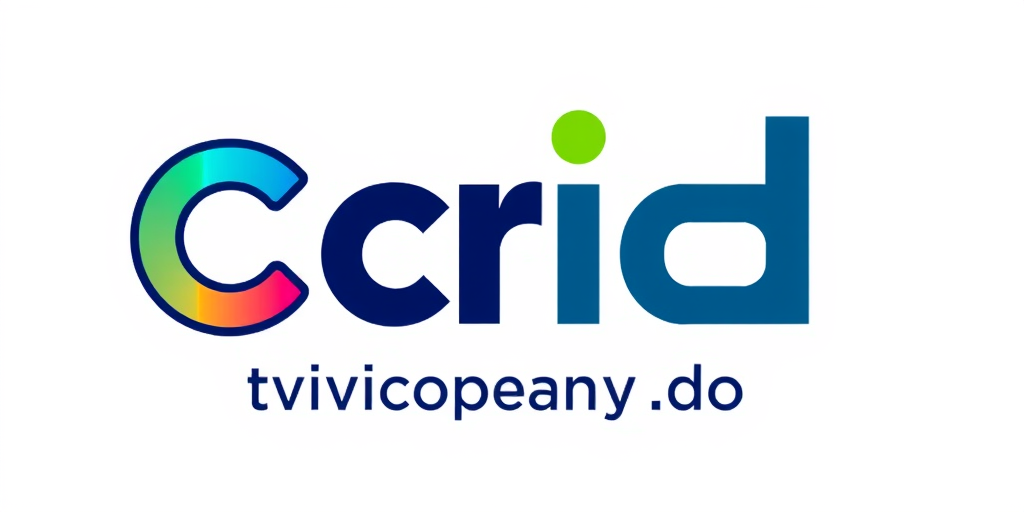Link Format: Creating and Branding Shortened URLs Effectively
Within the current online landscape, a strong online presence is vital for individual identities and companies in parallel. A often neglected aspect of this presence involves the use of abridged links. Not just can they render URLs more manageable, but they additionally offer an outstanding opportunity for branding. By crafting customized URLs, you are able to boost your visibility while making sure that your viewers/customers identifies your identity at each click.
Abridging and branding your links effectively can leave a profound impression on your audience. It reinforces identity recognition and trust, making users more likely to engage with your material. This article will discuss the top practices for condensing and promoting links, aiding you to amplify their effectiveness and smoothly integrate them into your marketing approach. Whether you are seeking to advertise a new product, share articles, or attract visitors to your site, perfecting this method can greatly enhance your digital interactivity.
Benefits of Shortened URLs
Abbreviated URLs provide a simplified way to distribute links across multiple platforms, making them notably valuable in social networking environments where shortened text exist. They allow for easier sharing and assist maintain a neat and polished appearance in posts and correspondence. This conciseness can elevate the user engagement by decreasing clutter, making it more possible for users to connect with the material.
Another noteworthy advantage of shortened URLs is the option to track and analyze link performance. Numerous URL shortening platforms provide data analysis features that offer valuable insights into user behavior, including geographic locations and engagement metrics. This insight can help you understand which links perform well and inform future marketing strategies, leading to better-targeted campaigns and resulting in higher engagement.
Branding is also a key benefit of using shortened URLs. Personalized short links can incorporate your company name or important phrases, thereby to enhance brand recognition and credibility with your viewers. By presenting a customized link, you can create a more impressive image and encourage users to feel more secure when clicking, which can lead to increased traffic and results.
Techniques for Branding Links
A single strong strategy for branding the links is to personalize the link structure. Through adding your brand name or a significant keyword into the shortened URL, you create a distinctive link. For instance, instead of a generic string of characters, a link like "yourbrand.com/promo" not only offers transparency but also strengthens your brand identity. This personalization makes it easy for users to trust the link, as they are able to see their favorite brand associated with it.
Another, important technique is to employ a consistent domain across all the shortened URLs. Using a branded domain can enhance brand recognition and add credibility to your links. When users see the same domain consistently, it develops familiarity and trust. For example, if you manage a blog about fitness, utilizing a domain like "activezone.com/start" for all the links can help position your brand as a reliable source and encourage click-throughs.
In conclusion, consider creating a unique landing page for the branded links. url shortener Rather than redirecting users to a standard webpage, create a tailored landing page that reflects your brand and provides additional context about the linked content. This method not only enhances the user experience but also strengthens your branding efforts. Adding graphic elements such as logos and brand colors can create a cohesive look and feel, making the link feel more trustworthy and engaging for users.
Best Practices for Effective Use
As you consider condensing and branding links, it is important to ensure clarity and significance in your URLs. Choose a personalized alias that represents the content it points to, ensuring that it is simple to remember and associate with your brand. Avoid using arbitrary strings of characters that provide no context, as this can mislead your audience and erode trust. A concise link helps users understand what to expect and motivates them to engage.
Consistency is key when customizing your links. Use a uniform format across all your shortened URLs to establish brand identity. This can include a uniform domain or subdomain alongside a familiar prefix. Embed your brand name or relevant keywords within the URL to reinforce your identity and enhance discoverability. This approach not only aids in brand memory but also improves search engine optimization efforts.
In conclusion, monitor and assess the performance of your branded links. Use analytics tools to track click-through rates, user engagement, and conversion metrics. This data offers insights into the success of your marketing campaigns and helps you improve your link strategies. Consistently reviewing this information allows you to take informed decisions about upcoming campaigns and modify your approach to maximize engagement with your branded links.


